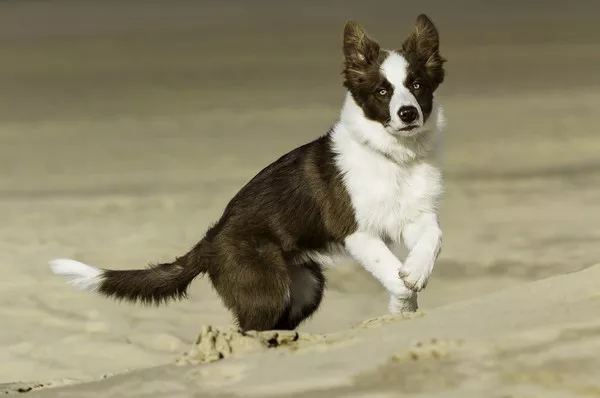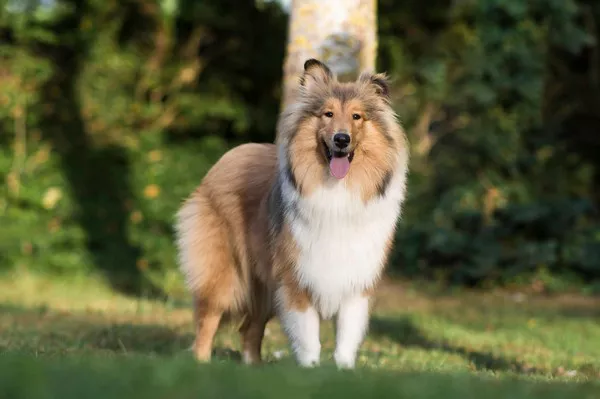Budgerigars, often affectionately called budgies or parakeets, are one of the most popular pet birds worldwide. Their small size, vibrant colors, playful nature, and charming personalities make them a favorite among bird lovers. If you keep budgies or are considering getting one, you may have noticed them flapping their wings frequently. But what does it really mean when budgies flap their wings? Is it a sign of happiness, discomfort, or something else?
In this article, we will explore the various reasons why budgies flap their wings. We will look at the physical, emotional, and social meanings behind this behavior and how you as a pet owner can interpret it to better understand and care for your feathered friend.
What Is Budgie Behavior
Budgerigars are small parrots native to Australia. In the wild, they live in large flocks, flying long distances to find food and water. Their behavior reflects their natural instincts, even in captivity. Understanding budgie behavior helps pet owners create an environment where their birds feel safe and happy.
Wing flapping is one of the common behaviors budgies show daily. Unlike flight, where wing flapping is vigorous and sustained, the wing flapping we often observe when the bird is perched or inside its cage has different meanings depending on the context.
What Is Wing Flapping?
Wing flapping in budgies is the movement of their wings up and down, often without taking off or flying. It can range from gentle stretches to rapid, vigorous flaps. This action is natural and can be voluntary or a response to certain stimuli.
Unlike flying, where wing flapping propels the bird forward, wing flapping without flight is usually a form of communication or a physical exercise for the bird.
Reasons Why Budgies Flap Their Wings
1. Stretching and Exercising Muscles
One of the most common reasons budgies flap their wings is to stretch their muscles. Just like humans stretch their arms or legs after sitting for a while, birds need to stretch their wings to maintain muscle tone and flexibility.
Budgies spend a lot of time perched and may flap their wings to increase blood flow and prepare their muscles for flight. Wing flapping helps them keep their muscles strong and healthy, especially in captivity where flying space is limited.
2. Expressing Happiness and Contentment
Budgies often flap their wings lightly when they feel happy or excited. This might happen when they see their favorite person, when they have fresh food or water, or when they anticipate a treat.
Light, relaxed wing flapping combined with other signs such as chirping, singing, and hopping can indicate that your budgie is in a good mood.
3. Attention-Seeking Behavior
If your budgie notices that flapping its wings gets your attention, it might do it more often. Budgies are social birds and enjoy interaction. They may flap their wings to signal they want to play, be petted, or simply to get you to look at them.
This behavior is often accompanied by head bobbing, chirping, or moving closer to you.
4. Cooling Down
Birds don’t sweat like mammals. Instead, they regulate their body temperature in different ways, including wing flapping. When a budgie is feeling warm, it might flap its wings to help air circulate and cool down its body.
You might notice your budgie flapping its wings more on hot days or after exercise. Ensuring your bird has access to fresh water and a cool environment is important to prevent overheating.
5. Pre-Flight Behavior
Before flying or moving from one perch to another, budgies often flap their wings to prepare their muscles. This pre-flight flapping may look vigorous but usually lasts just a few seconds.
This behavior shows that the bird is getting ready to take off and is a natural part of its movement routine.
6. Excitement or Nervous Energy
Sometimes, wing flapping is a sign of excitement or nervous energy. Budgies are sensitive creatures and can become stimulated by new toys, visitors, or changes in their environment.
In some cases, nervous or rapid wing flapping may indicate anxiety or stress. It’s important to observe the overall body language and environment to understand whether the bird is happy or distressed.
7. Territorial or Defensive Behavior
In rare cases, wing flapping can be part of territorial or defensive displays. If a budgie feels threatened by another bird or a perceived intruder, it might flap its wings to appear larger or more intimidating.
This behavior is often accompanied by other warning signs such as hissing, puffing up feathers, and vocal warnings.
8. Excercise and Mental Stimulation
Since many pet budgies have limited space compared to their wild counterparts, they sometimes flap their wings as a form of exercise and mental stimulation. This is their way to stay active and engaged.
Regular flight time or supervised free flying can reduce the need for such behavior in captivity.
How to Differentiate the Meaning of Wing Flapping
To understand what your budgie is trying to communicate through wing flapping, consider these factors:
- Context: What is happening around the bird? Is it just waking up, has it seen you, or is there a new object in the cage?
- Body Language: Is the bird relaxed or tense? Are its feathers smooth or puffed up? Are there other signs like chirping or aggression?
- Frequency and Intensity: Is the wing flapping occasional and gentle or rapid and repetitive?
- Accompanying Behavior: Is the bird singing, biting, hopping, or showing other gestures?
What Should Budgie Owners Do About Wing Flapping?
Understanding the meaning of wing flapping can help you respond appropriately:
Encourage Healthy Exercise
If your budgie flaps its wings to stretch or exercise, this is a good sign. Provide enough space for flying, safe toys, and perches to encourage natural activity.
Provide Social Interaction
If the wing flapping is attention-seeking, spend quality time with your budgie. Talk to it, offer gentle petting, and allow supervised out-of-cage playtime.
Monitor for Signs of Stress or Illness
Rapid, frantic, or repetitive wing flapping combined with other stress signs (feather plucking, aggression, hiding) might mean your budgie is anxious or ill. Consult an avian vet if you suspect health issues.
Keep Environment Comfortable
Maintain appropriate temperature, humidity, and fresh water supply to prevent your budgie from overheating or becoming dehydrated.
Myths About Budgie Wing Flapping
Many myths surround wing flapping in budgies, such as:
“Budgies flap their wings to ask for food.”
While they may flap when excited to get your attention, wing flapping alone is not a direct sign of hunger. Watch for other signals like vocalizations or beak tapping near the food dish.
“Wing flapping is a sign of illness.”
Not always. Healthy wing flapping is normal. Only when combined with other symptoms should you worry.
“Budgies flap wings only when flying.”
Budgies flap wings for many reasons besides flying, including stretching, communication, and thermoregulation.
Conclusion
Wing flapping in budgies is a natural and multi-faceted behavior. It can signify everything from happiness and excitement to stretching or even stress. Understanding the context and accompanying body language is key to interpreting this behavior accurately.
As a responsible budgie owner, observing your bird’s wing flapping patterns will help you ensure its well-being, provide appropriate care, and strengthen the bond you share.
Remember, every budgie is unique, so getting to know your pet’s specific behaviors and preferences will make your experience rewarding and joyful.
Related Topics:























